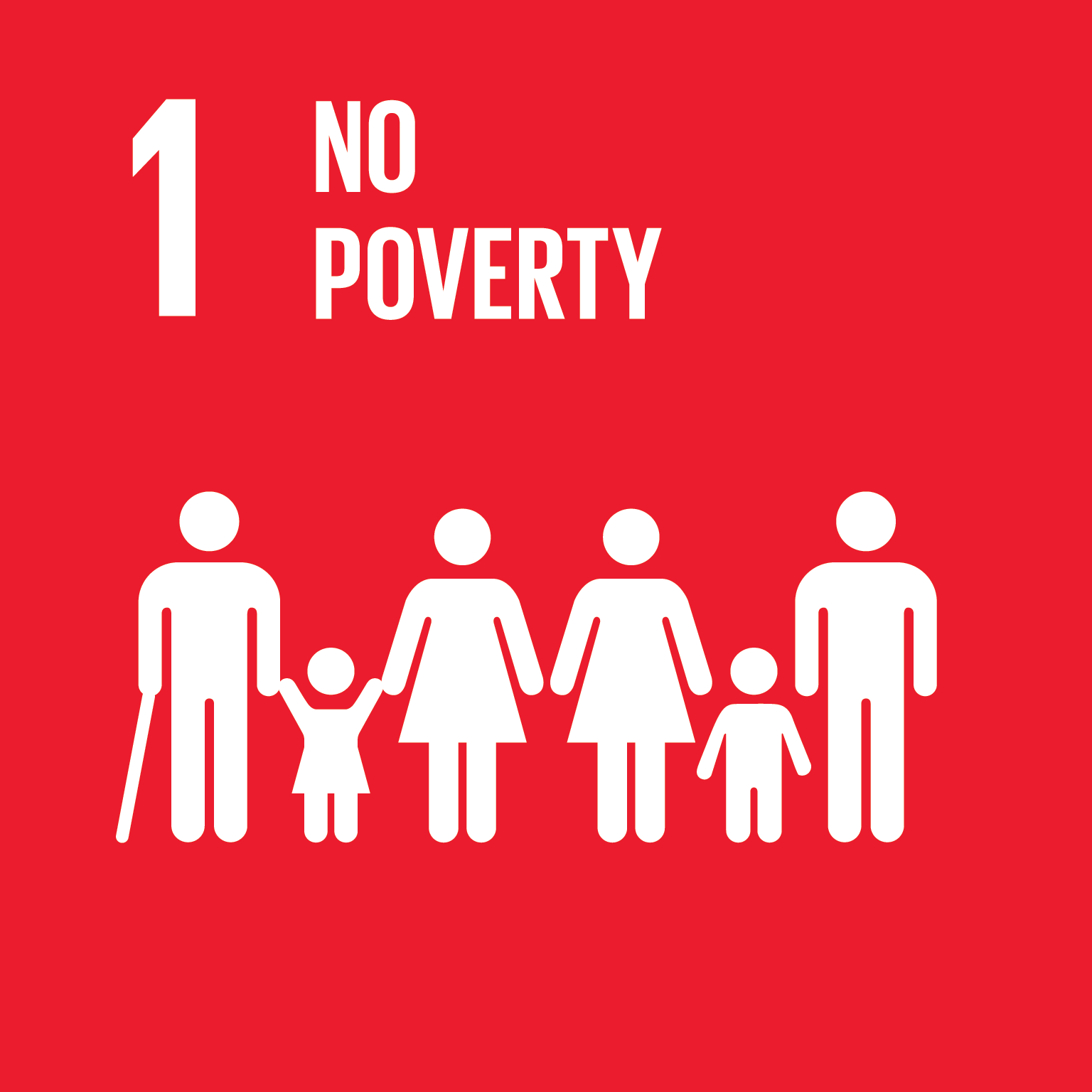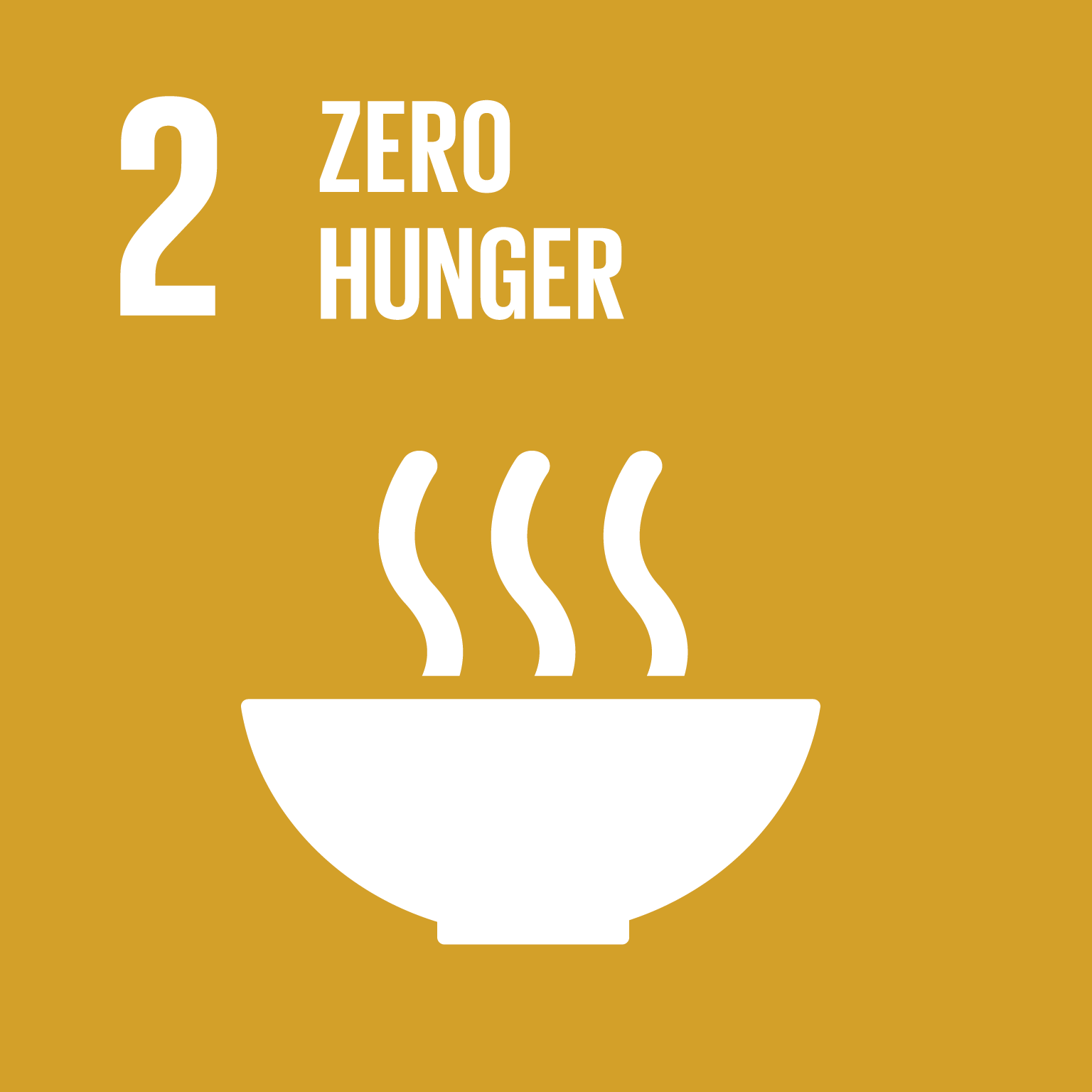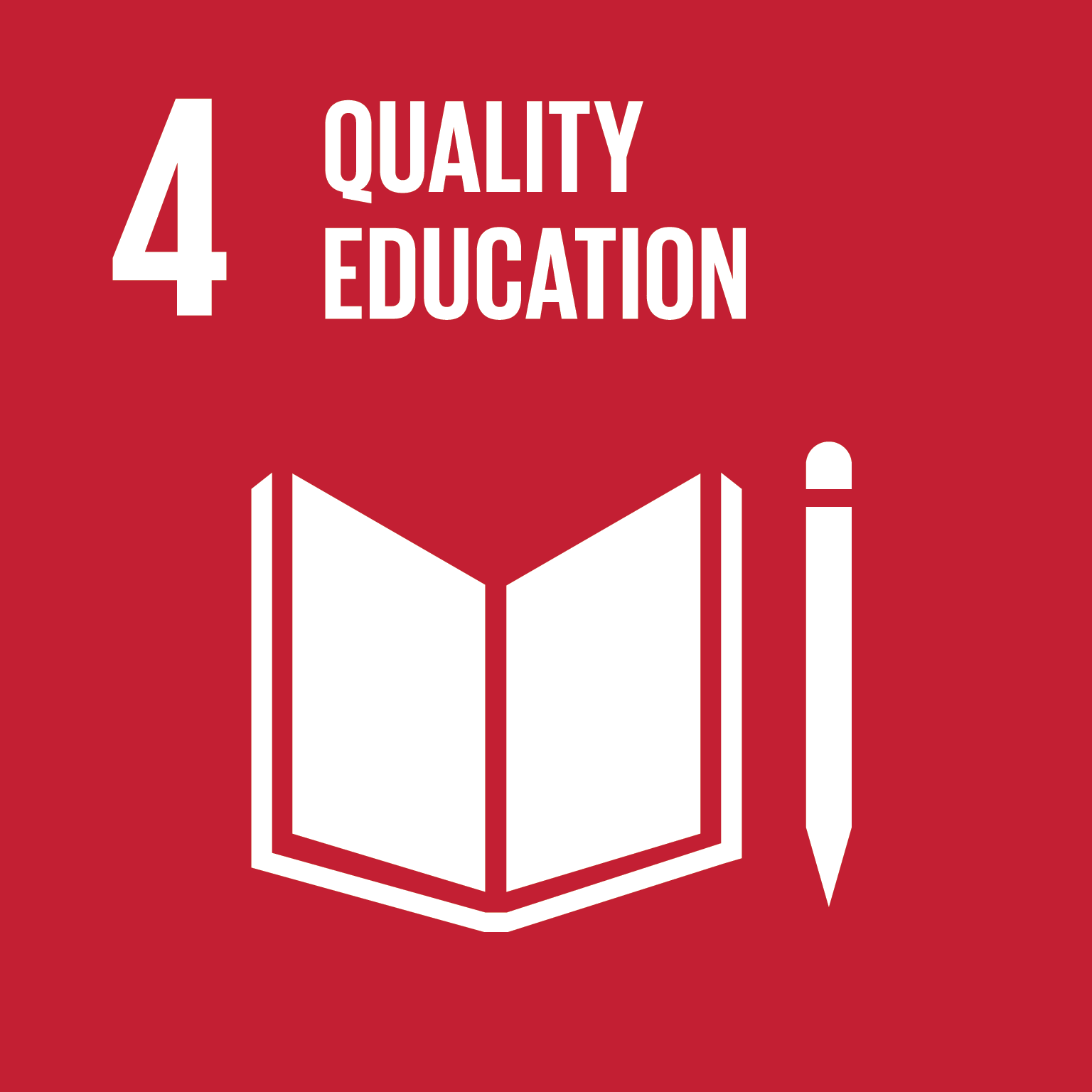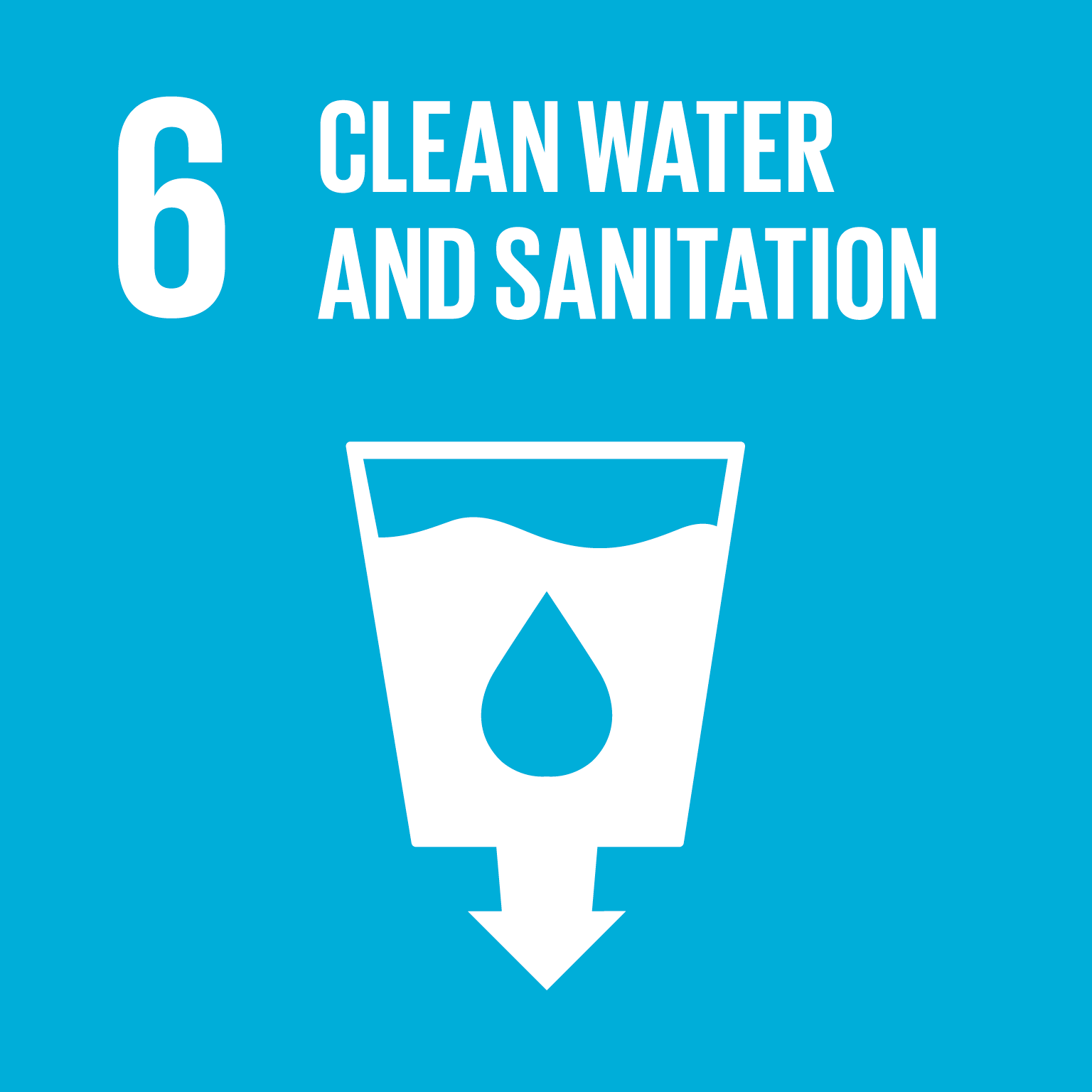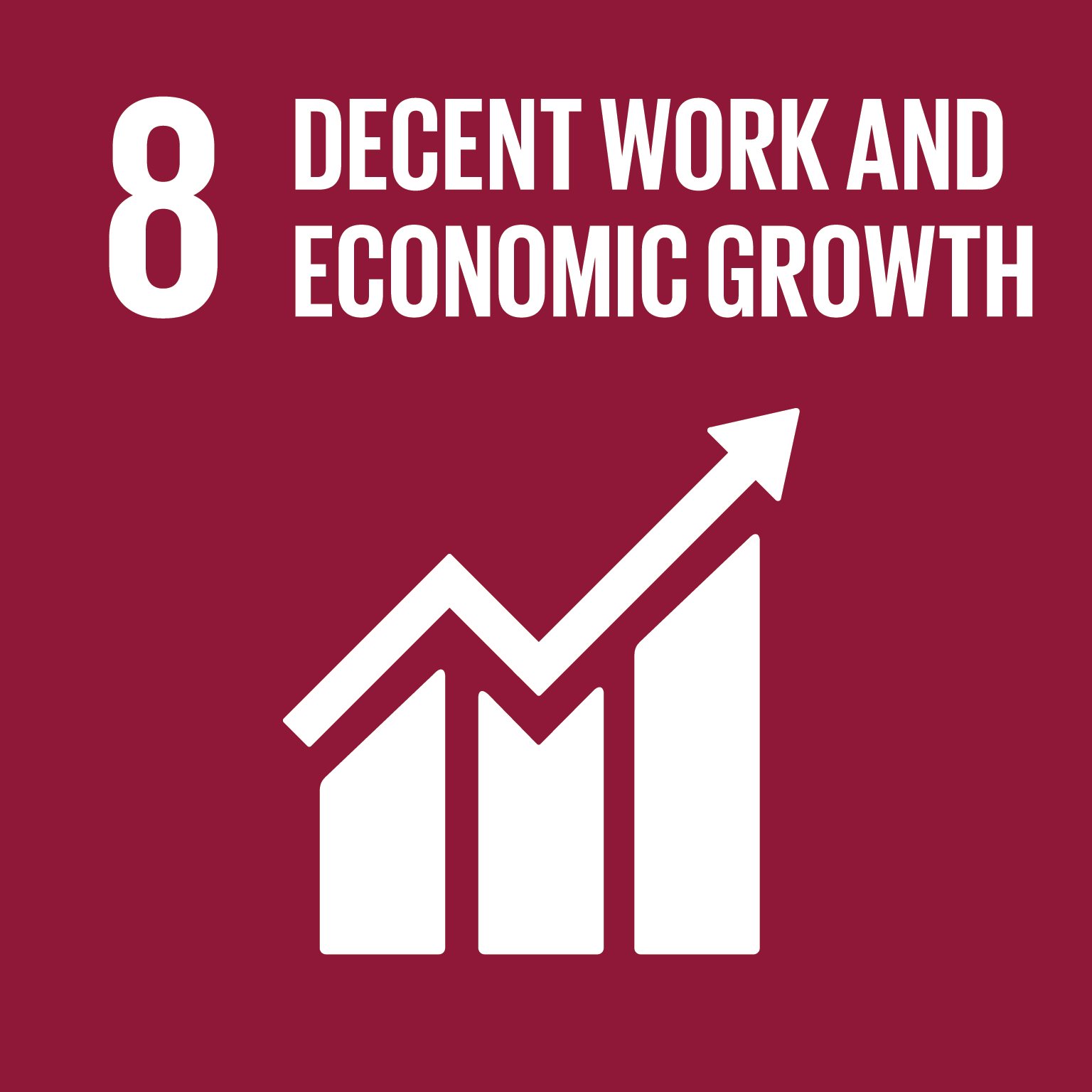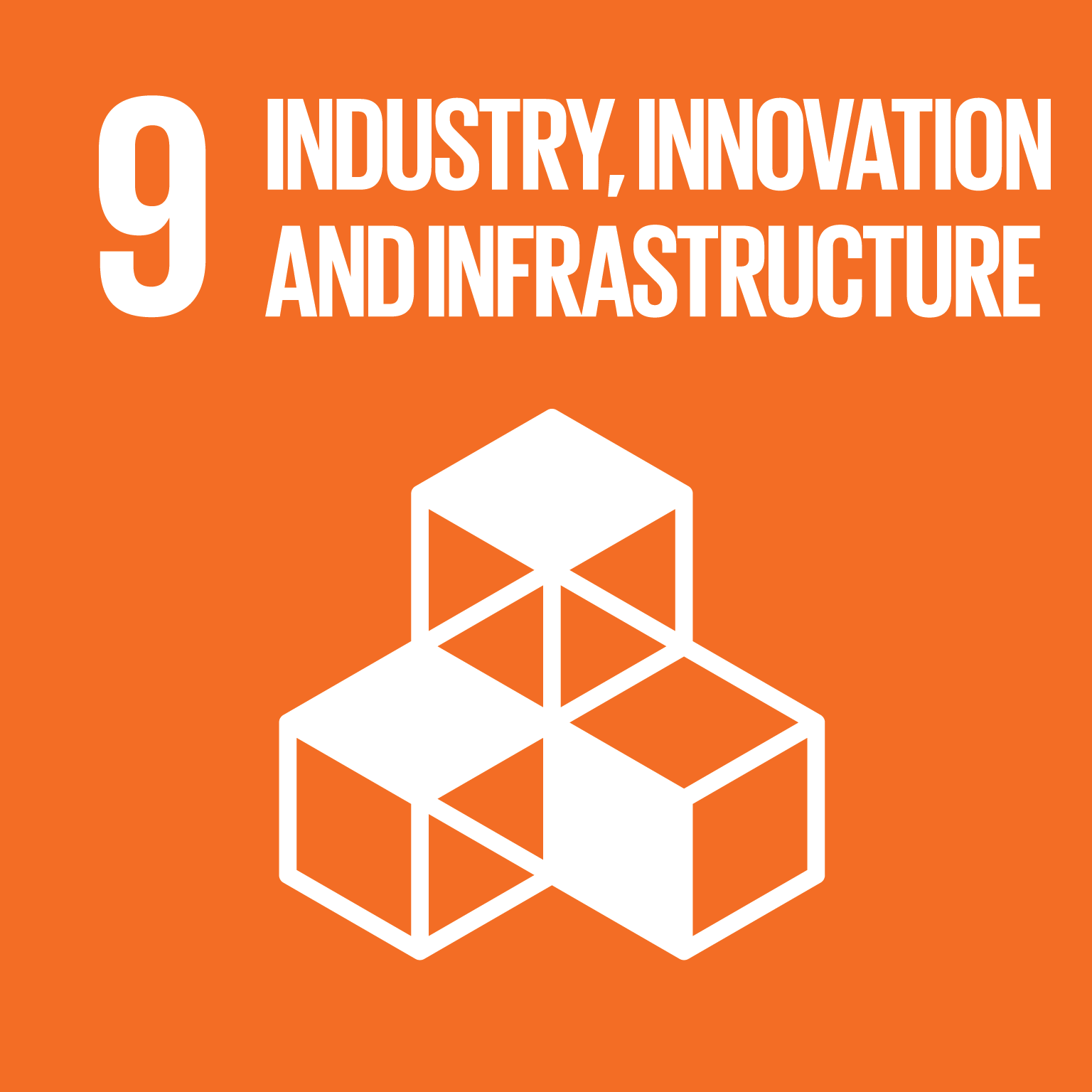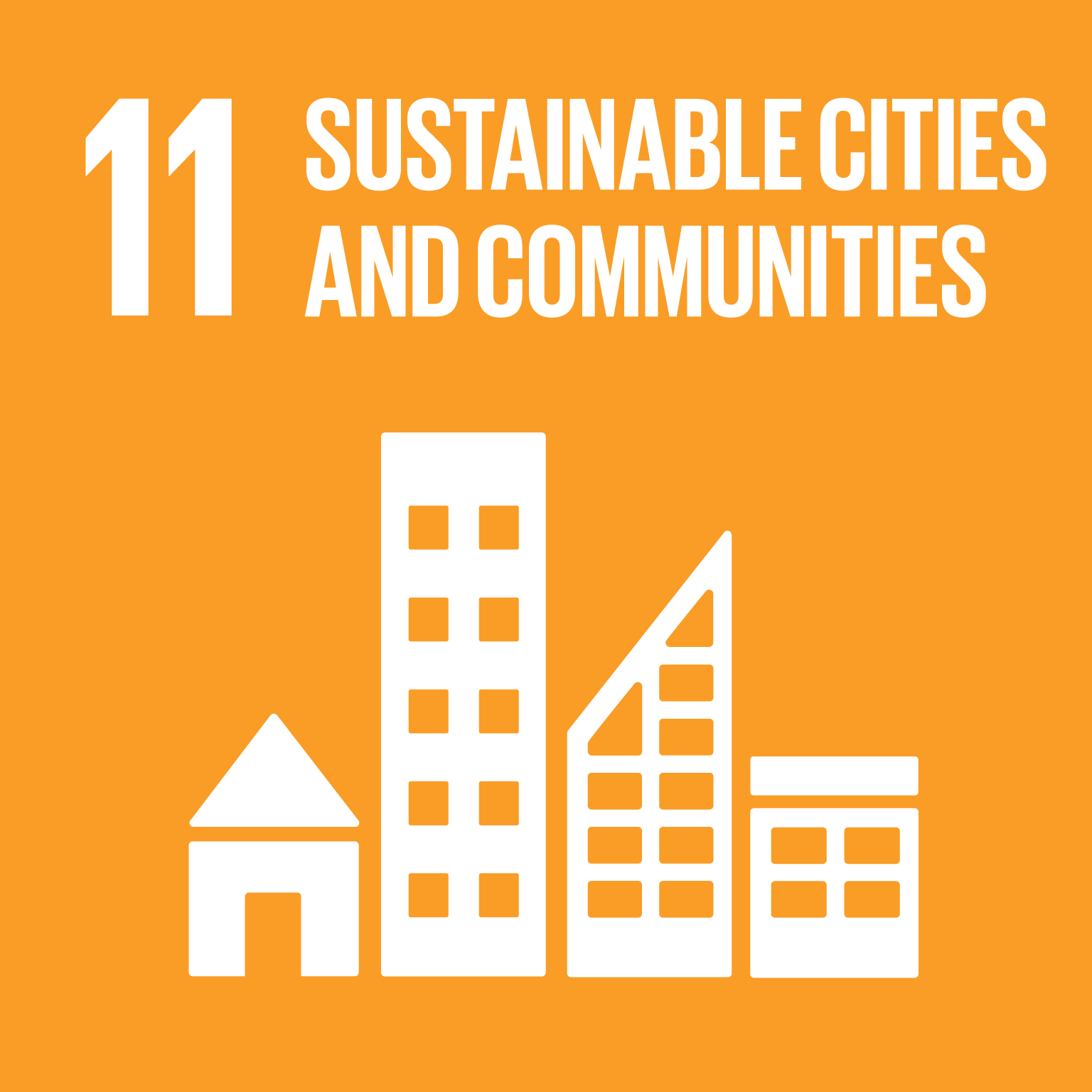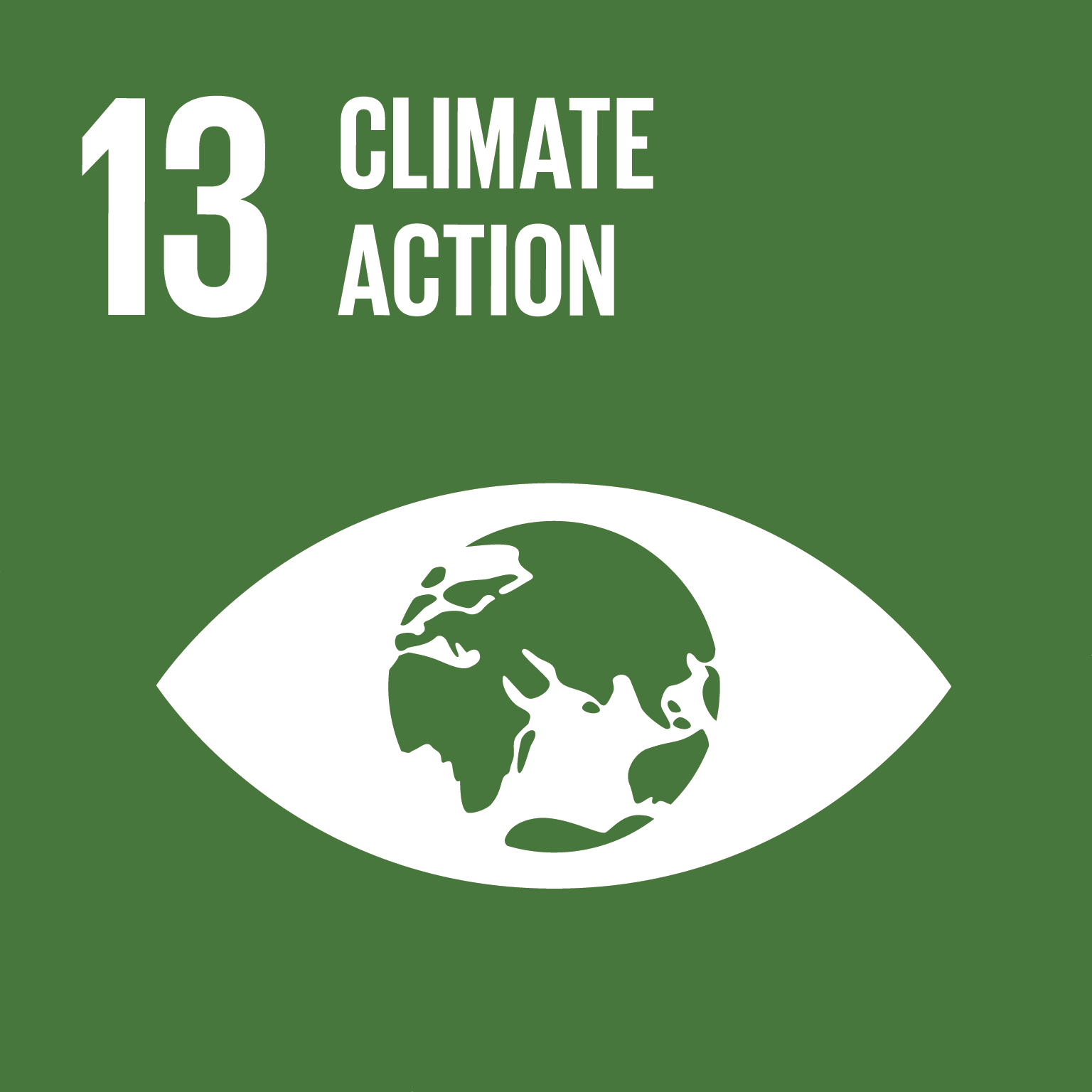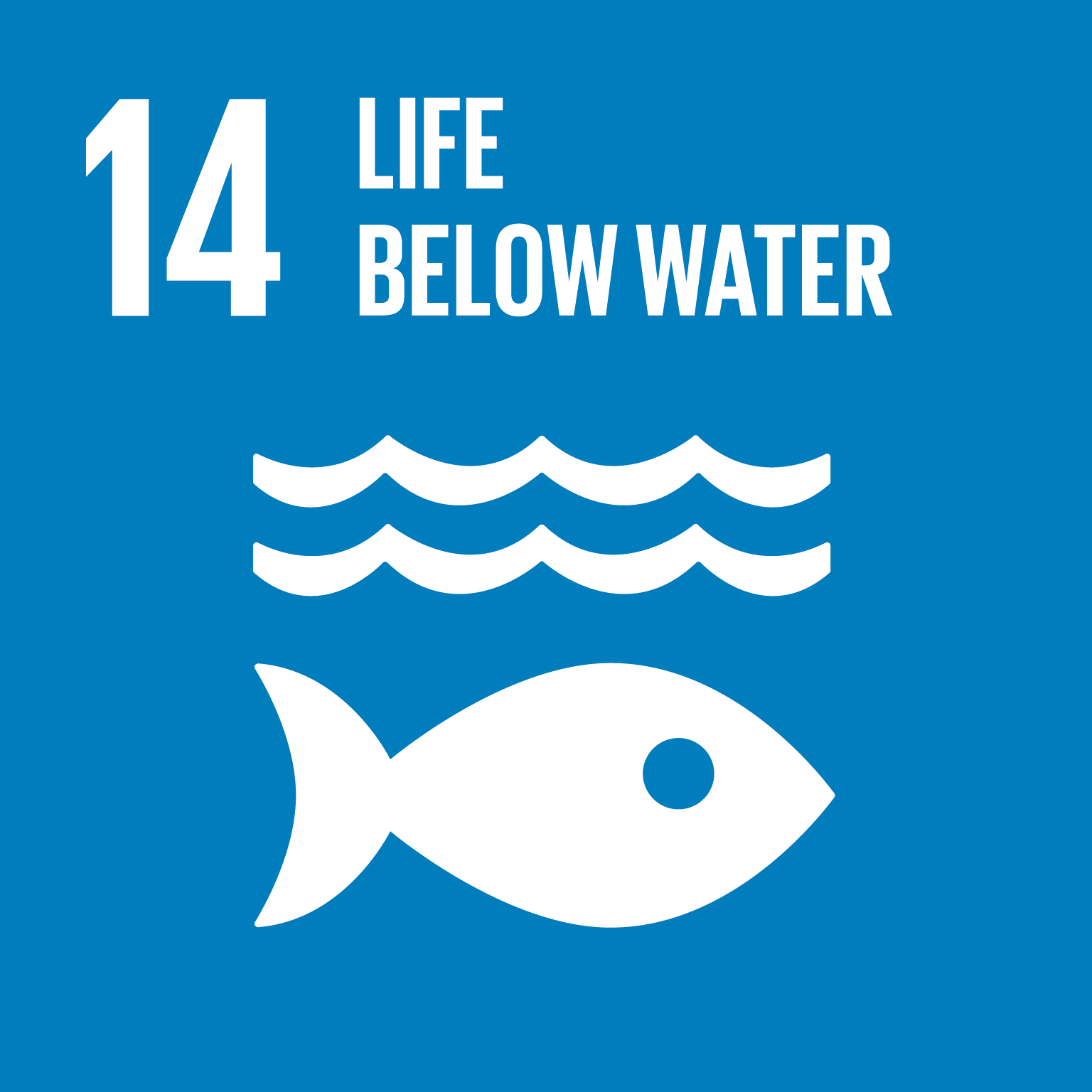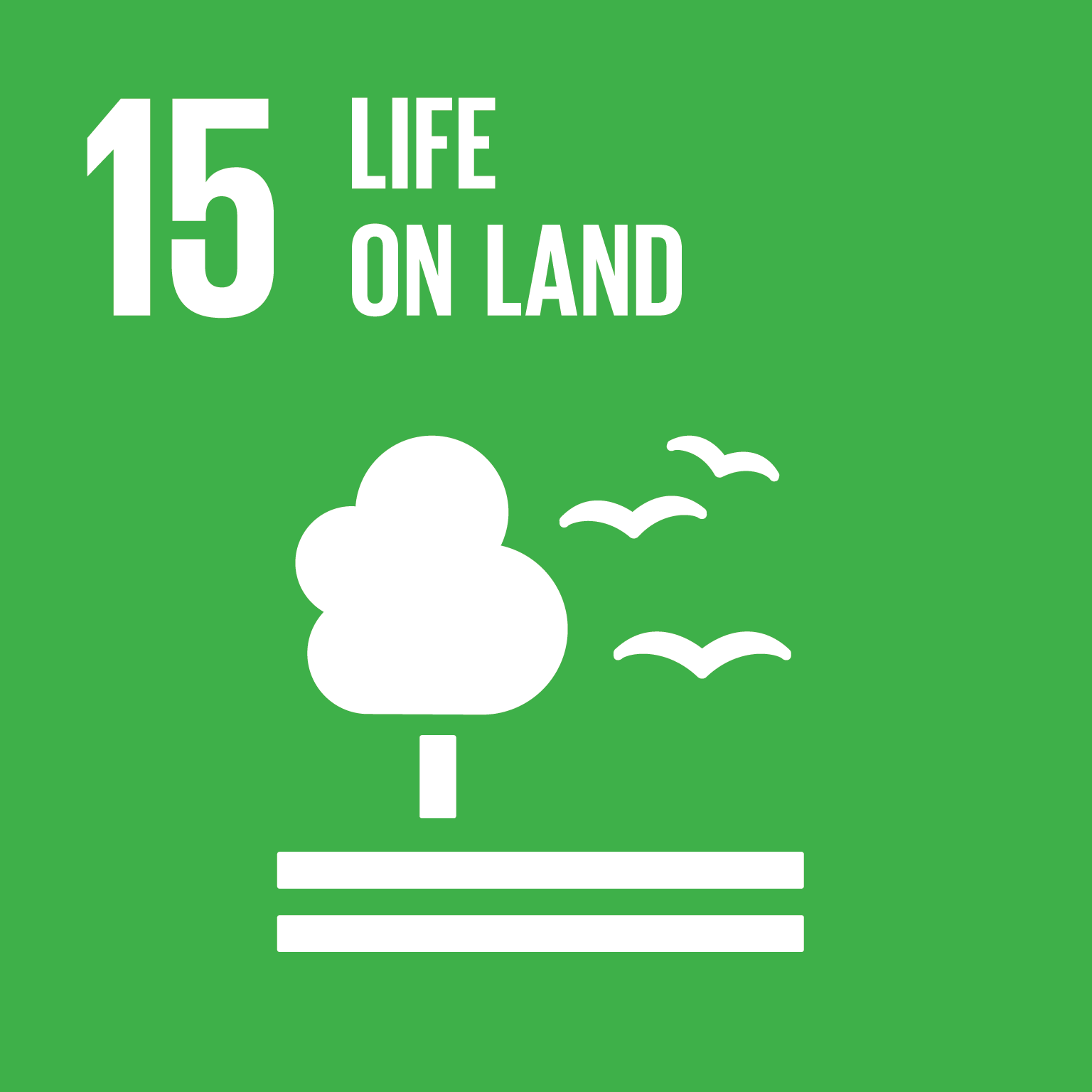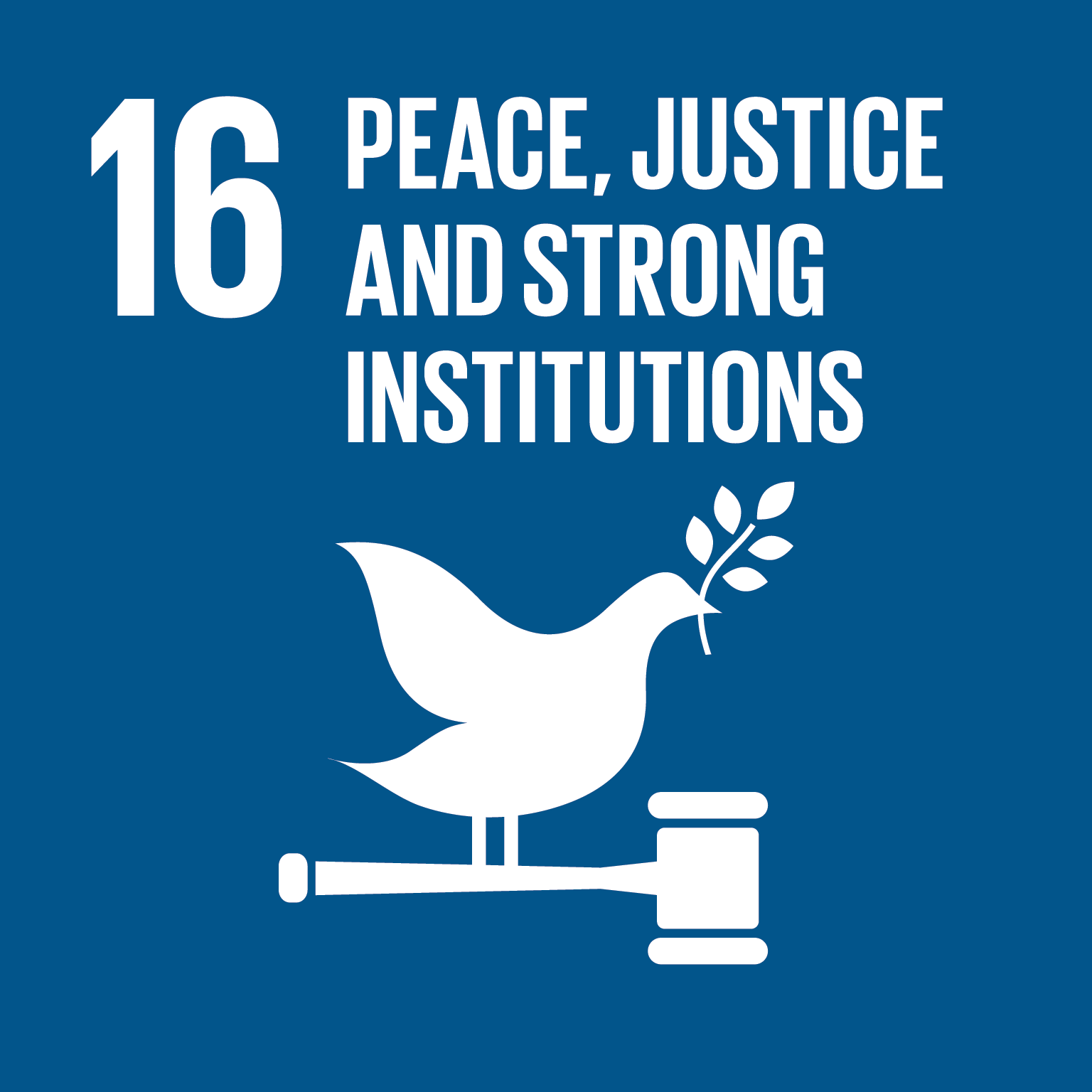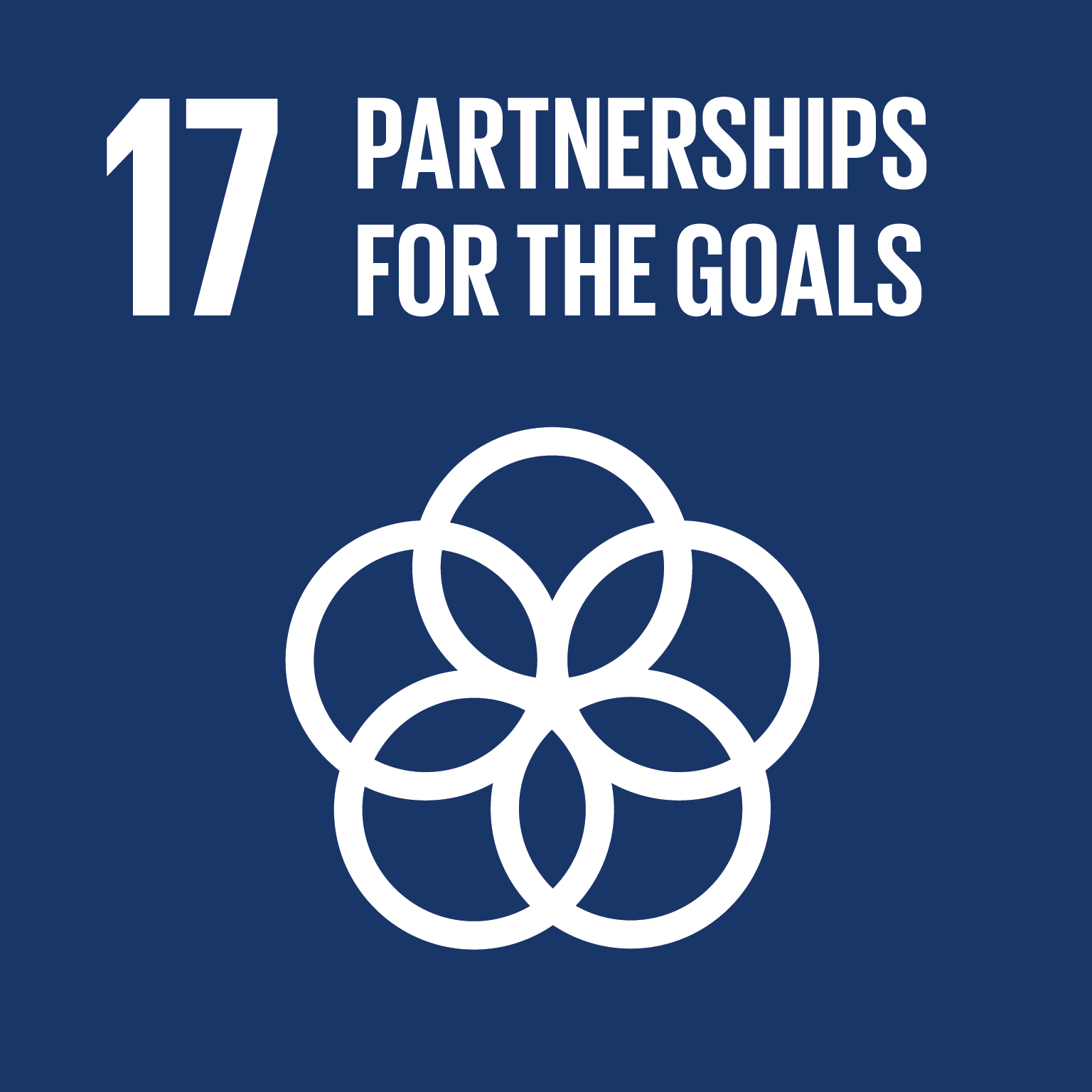Sustainable Development Goals - Overview
G1: No Poverty
End poverty in all its forms everywhere

-
Target 1.1: By 2030, eradicate extreme poverty for all people everywhere, currently measured as people living on less than $1.25 a day Economic
-
Indicator 1.1.1: Proportion of population below the international poverty line, by sex, age, employment status and geographical location (urban/rural) Economic
-
-
Target 1.2: By 2030, reduce at least by half the proportion of men, women and children of all ages living in poverty in all its dimensions according to national definitions Economic
-
Indicator 1.2.1: Proportion of population living below the national poverty line, by sex and age Economic Environmental
-
Indicator 1.2.2: Proportion of men, women and children of all ages living in poverty in all its dimensions according to national definitions Economic Environmental
-
-
Target 1.3: Implement nationally appropriate social protection systems and measures for all, including floors, and by 2030 achieve substantial coverage of the poor and the vulnerable Economic
-
Indicator 1.3.1: Proportion of population covered by social protection floors/systems, by sex, distinguishing children, unemployed persons, older persons, persons with disabilities, pregnant women, newborns, work-injury victims and the poor and the vulnerable Economic Environmental
-
-
Target 1.4: By 2030, ensure that all men and women, in particular the poor and the vulnerable, have equal rights to economic resources, as well as access to basic services, ownership and control over land and other forms of property, inheritance, natural resources, appropriate new technology and financial services, including microfinance Economic
-
Indicator 1.4.1: Proportion of population living in households with access to basic services Environmental
-
Indicator 1.4.2: Proportion of total adult population with secure tenure rights to land, with legally recognized documentation and who perceive their rights to land as secure, by sex and by type of tenure Environmental Governmental
-
-
Target 1.5: By 2030, build the resilience of the poor and those in vulnerable situations and reduce their exposure and vulnerability to climate-related extreme events and other economic, social and environmental shocks and disasters Economic Environmental Social
-
Indicator 1.5.1: Number of deaths, missing persons and directly affected persons attributed to disasters per 100,000 population Social
-
Indicator 1.5.2: Direct economic loss attributed to disasters in relation to global gross domestic product (GDP) Economic Social
-
Indicator 1.5.3: Number of countries that adopt and implement national disaster risk reduction strategies in line with the Sendai Framework for Disaster Risk Reduction 2015-2030 Social Governmental
-
Indicator 1.5.4: Proportion of local governments that adopt and implement local disaster risk reduction strategies in line with national disaster risk reduction strategies Social Governmental
-
-
Target 1.a: Ensure significant mobilization of resources from a variety of sources, including through enhanced development cooperation, in order to provide adequate and predictable means for developing countries, in particular least developed countries, to implement programmes and policies to end poverty in all its dimensions Economic
-
Indicator 1.a.1: Proportion of domestically generated resources allocated by the government directly to poverty reduction programmes Economic Environmental Social Governmental
-
Indicator 1.a.2: Proportion of total government spending on essential services (education, health and social protection) Social Governmental
-
Indicator 1.a.3: Sum of total grants and non-debt-creating inflows directly allocated to poverty reduction programmes as a proportion of GDP Economic Social
-
-
Target 1.b: Create sound policy frameworks at the national, regional and international levels, based on pro-poor and gender-sensitive development strategies, to support accelerated investment in poverty eradication actions Economic
-
Indicator 1.b.1: Proportion of government recurrent and capital spending to sectors that disproportionately benefit women, the poor and vulnerable groups Economic Social Governmental
-
Goals
-
Goal 1.1: Enhance inclusive, equitable and sustainable economic growth.
Strong Aspiration 1. Moonshot 1: Ev -
Goal 1.2: Increase Economic Resilience.
Strong Aspiration 1. Moonshot 1: Ev -
Goal 1.6: Enhance resilience to Climate Change and disaster risks for sustainable and socio-economic development.
Strong Aspiration 1. Moonshot 1: Ev -
Goal 6.3: Achieve gender parity in all spheres.
Strong Aspiration 6. Moonshot 6: Af
Targets
-
Target 1.1.1: Increase the 2023 per capita income to at least USD 3,048.
Strong -
Target 1.1.5: Reduce poverty by 20%.
Strong Strong -
Target 1.1.6: Reduce inequality by 15%.
Strong Weak -
Target 1.1.10: Households’ access to electricity is increased to 80%.
Strong -
Target 1.1.11: The proportion of population with access to safe drinking water is increased to 95%.
Strong -
Target 1.1.12: The proportion of population with access to improved sanitation facilities is increased to 80%.
Strong -
Target 1.6.1: Reduce losses and damages from disasters and climate change to at-most 5% of GDP.
Strong -
Target 1.6.2: At least 30% of farmers, pastoral and fisher households have improved their resilience capacity to climate shocks, other shocks and weather-related risks..
Strong -
Target 1.6.4: Increase land under forest cover by 10%.
Weak -
Target 2.2.1: Make at least 80% progress in the completion of inter-African transport connectivity by road.
Strong -
Target 2.2.2: Make at least 50% progress in the completion of inter-African transport connectivity by rail.
Strong -
Target 2.2.3: Provide access to Internet connectivity of at least 6 Mb per second to 80% of the population.
Strong -
Target 6.1.2: At least 80% of children complete primary education with minimum required proficiency levels in reading, writing, mathematics, and digital skills.
Strong -
Target 6.2.1: Increase access to quality primary healthcare services to at least 40%.
Strong -
Target 6.3.1: Increase coverage of social protection systems by 30% and provide social protection schemes to at least 50% of the population living below the poverty line.
Strong Strong -
Target 6.3.4: All women have rights to own and inherit property, sign contracts, manage business, own a bank account and own land.
Strong
Indicators
-
Indicator 3: Percentage of population living below the national poverty line.
Strong Strong Strong -
Indicator 4: Gini-coefficient.
Weak Weak Weak -
Indicator 6: Proportion of households with access to electricity.
Strong -
Indicator 7: Proportion of population with access to safely managed drinking water services.
Strong -
Indicator 8: Proportion of population using safely managed sanitation services.
Strong -
Indicator 17: Proportion of total cost of damages and direct economic loss due to disasters to GDP.
Strong Weak -
Indicator 18: Percentage of agricultural households that have effective measures to mitigate climate shocks.
Strong -
Indicator 19: Percentage of land under forest cover.
Weak -
Indicator 24: % completion of Trans African Highways missing links.
Strong -
Indicator 25: % completion of the African Integrated Railway System.
Strong -
Indicator 26: % of population with access to internet connectivity of at least 6 mbps.
Strong -
Indicator 68: Coverage of national social protection systems.
Strong -
Indicator 69: Percentage of AU Member States with legislation for women to own property.
Strong
Goals
-
Goal 1: Investing in people in least developed countries: eradicating poverty and building capacity to leave no one behind.
Strong Universal soci Achieving univ Achieving gend Population and Investing in y Water, sanitat Urbanization a Migration and Good and effec Building and s
Targets
-
Target 1.01.01: Achieve a sustainable increase in coverage of nationally appropriate comprehensive and universal social protection systems and measures, including floors, for all in LDCs..
Strong Weak Weak Weak Weak -
Target 1.03.08: Achieve equitable access to social protection for women and girls..
Strong -
Target 1.08.04: Ensure inclusive access to basic social (education, nutrition, health care) and protection services, for migrants in vulnerable situations, in line with national policies and legislation and international obligations..
Strong -
Target 3.05.02: Ensure full and equal access to financial services and products for micro-, small medium-sized enterprises, including insurance, especially for women, and improve financial and digital literacy..
Weak -
Target 5.01.05: Ensure adequate domestic and international support to strengthen inclusive social protection systems in the least developed countries, to address current poverty and vulnerability and future shocks..
Strong Weak -
Target 6.01.02: Enhance international cooperation for the recovery of stolen assets and their return to their countries of origin, in accordance with the United Nations Convention against Corruption..
Weak -
Target 6.01.03: Enhance intergovernmental coordination to prevent illicit financial flows..
Weak -
Target 6.02.01: Ensure the fulfilment of respective ODA commitments to least developed countries..
Strong -
Target 6.03.01: Adopt and implement investment promotion regimes for the least developed countries..
Strong Strong
Indicators
-
Indicator 1.01.01.01: Proportion of population covered by social protection floors/systems, by sex, distinguishing children, unemployed persons, older persons, persons with disabilities, pregnant women, newborns, work-injury victims and the poor and the vulnerable.
Strong -
Indicator 1.03.08.01: Proportion of population covered by social protection floors/systems, by sex and pregnant women.
Strong -
Indicator 1.08.04.01: Number of LDCs provide non-nationals equal access to the following services, welfare benefits and rights in terms of a) Essential and/or emergency health care; b) Public education; c) Equal pay for equal work; d) Social protection; e) Access to justice?.
Weak
Goals
-
Goal 1: Structural transformation and science, technology and innovation.
Strong -
Goal 2: Trade, trade facilitation and regional integration.
Weak -
Goal 3: Transit, transport and connectivity.
Weak -
Goal 4: Enhancing adaptive capacity, strengthening resilience and reducing vulnerability to climate change and disasters.
Weak -
Goal 5: Means of implementation.
Weak
Targets
-
Target 1.01.01: Increase labour productivity and decent employment opportunities across all productive sectors of the landlocked developing countries, including manufacturing, services and agriculture, with a particular focus on women and youth, by 50 per cent by 2034..
Strong Strong -
Target 1.01.05: Promote targeted technological and financial support and capacity-building for landlocked developing countries to facilitate a smooth digital transformation for sustainable development..
Weak -
Target 1.02.02: Broaden and diversify the entrepreneurial base of landlocked developing countries to better include women and the youth and accelerate their inclusive development, including through targeted technical support..
Strong Strong Strong Strong -
Target 1.04.03: Provide adequate support to landlocked developing countries to adopt proactive, equitable, inclusive and sustainable industrial policies, in support of their national priorities..
Strong -
Target 4.02.02: Embed disaster risk reduction at the core of development policies and investments for structural economic transformation in landlocked developing countries..
Strong -
Target 4.02.03: Develop and strengthen local, national and regional strategies and platforms for disaster risk reduction to achieve the priorities for action and targets of the Sendai Framework..
Strong -
Target 5.02.01: Substantially increase the volume of development finance in support of landlocked developing countries through traditional and innovative sources of finance..
Strong -
Target 5.02.02: Enhance the capacity of landlocked developing countries to develop bankable projects and secure financing to effectively address their needs and challenges in a manner that has the greatest social, economic and environmental benefits..
Strong -
Target 5.03.01: Substantially increase foreign direct investment flows to the landlocked developing countries..
Strong -
Target 5.03.02: Mobilize all existing investment promotion platforms to support the attraction of investments to landlocked developing countries, including through peer learning and capacity-building among investment promotion agencies, investment policy reviews, and engagement with Tax Inspectors without Borders to ensure fair and transparent revenue collection..
Strong -
Target 5.04.03: Ensure that financial services related to remittances are equally accessible for both women and men..
Strong
Indicators
- No alignments!

